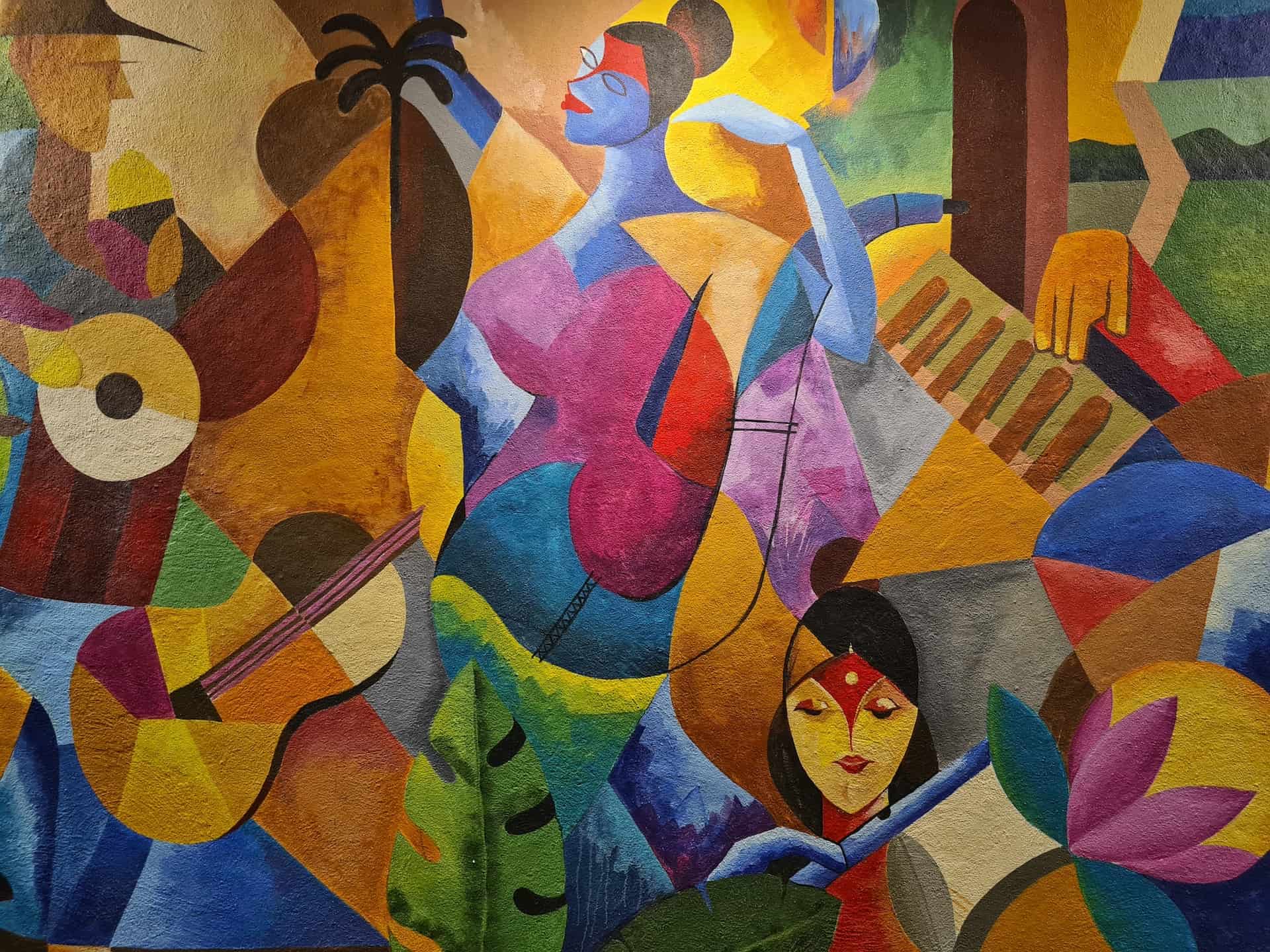The Duty of Trump Art in Shaping Cultural Discussions Around Leadership
Exploring the Diverse Globe of Artistic Expression: From Surrealism to Abstract Realism
In the realm of imaginative expression, from the dreamlike landscapes of surrealism to the detailed play of light and type in abstract realism, artists have continuously pushed the boundaries of creativity and imagination. As we explore the multifaceted globe of art, we are offered with a tapestry of styles, techniques, and ideologies that challenge our understanding and prompt contemplation.
Surrealism: Letting Loose the Subconscious
Surrealism, a progressive imaginative movement of the 20th century, looked into the depths of the subconscious, introducing a globe of dream-like imagery and unique juxtapositions. Led by artists like Salvador Dali, René Magritte, and Joan Miró, Surrealism looked for to challenge the conventional means of seeing and understanding art. Through techniques such as automatism and dream evaluation, Surrealist artists aimed to tap right into the subconscious mind to reveal covert realities and needs.
Among the vital elements of Surrealism was the focus on the illogical and the uncanny. By incorporating unforeseen aspects in their works, Surrealist artists intended to produce a sense of disorientation and surprise in the customer. This disturbance of reasoning and factor was meant to provoke a deeper exploration of the subconscious and the secrets of the human psyche.
Abstract Realistic Look: Redefining Perception
Challenging traditional artistic borders, Abstract Realism redefines assumption through the fusion of recognizable elements with abstract forms. This ingenious strategy to art incorporates the representational precision of realistic look with the creative liberty of abstraction, supplying visitors a special aesthetic experience that triggers them to question their assumption of truth.
In Abstract Realistic look, artists make every effort to capture the significance of their subjects while likewise infusing their deal with a sense of depth and complexity with abstract aspects. By mixing the knowledgeable about the strange, these musicians welcome audiences to involve with their pieces on multiple levels, motivating them to explore the subtleties of form, color, and texture.

Cubism: Fragmenting Reality
Utilizing fragmented viewpoints and geometric forms, Cubism transformed the imaginative representation of fact in the very early 20th century. Created by Pablo Picasso and Georges Braque, Cubism sought to challenge traditional notions of point of view and representation. By breaking down objects and numbers into geometric shapes and offering them from multiple viewpoints simultaneously, Cubist musicians aimed to capture the essence of the subject instead of its literal appearance. This method not only deconstructed fact however also highlighted the flatness of the canvas, leading the way for future abstract art motions.

Cubism can be classified into two main stages: Analytical Cubism, characterized by single color plans and elaborate, fragmented forms; and Artificial Cubism, which incorporated collage components and brighter shades right into index the compositions. Through these distinctive stages, Cubism influenced not only paint but likewise sculpture, style, and architecture. trump art. Its effect resounded across the art world, inspiring artists to explore new ways of analyzing sites and standing for the world around them
Expressionism: Emotions on Canvas
Exploring the midsts of human feelings through expressive and dazzling brushstrokes, Expressionism became a profound creative movement in the very early 20th century. Unlike previous art activities that concentrated on illustrating the outside globe, Expressionism dove into the internal realm of the artist's psyche, aiming to evoke raw emotions and prompt natural actions from visitors.
Expressionist musicians, such as Edvard Munch, Egon Schiele, and Emil Nolde, denied typical concepts of beauty and realistic look for distorting form and color to share subjective feelings. Using overstated brushwork, bold colors, and distorted figures helped produce a sense of unease, alienation, or interest in their works.
One of the most renowned instances of Expressionism is Munch's "The Scream," which captures the intense anxiousness and despair of modern-day life through its swirling, distorted figure versus a blood-red skies. With their emotionally charged jobs, Expressionist musicians sought to challenge standard creative standards and offer a window right into the stormy depths of the human soul.
Contemporary Art: Progressing Perspectives

Among the specifying characteristics of contemporary art is its continuous advancement and capacity to adapt to changing cultural landscapes. Artists are increasingly including modern technology right into their technique, obscuring the lines in between the physical and digital realms. This fusion of tools permits innovative ways of narration and involving with target markets in an extra interactive way.
Additionally, modern art typically functions as a platform for social discourse, attending to pushing concerns such as identification, politics, and the setting. Artists are using their work to spark essential discussions and provoke idea, dropping light on the complexities of the globe we live in. As point of views continue to advance, modern art stays a vibrant and prominent force in shaping our cultural landscape.
Conclusion
In click for info final thought, the world of creative expression includes a large range of activities and designs, each with its very own unique approach to sharing significance and emotion. From surrealism's exploration of the subconscious to abstract realism's redefining of understanding, and from cubism's fragmentation of truth to expressionism's representation of emotions, art proceeds to develop and test viewpoints - trump art. Contemporary art reflects the ever-changing world we stay in, providing new ways to translate and recognize the complexities of our truth
As we check out the diverse world of art, we are provided with a tapestry of designs, strategies, and philosophies that challenge our understanding and provoke consideration. Its influence reverberated throughout the art globe, inspiring artists to discover brand-new means of representing the globe and interpreting around them.
